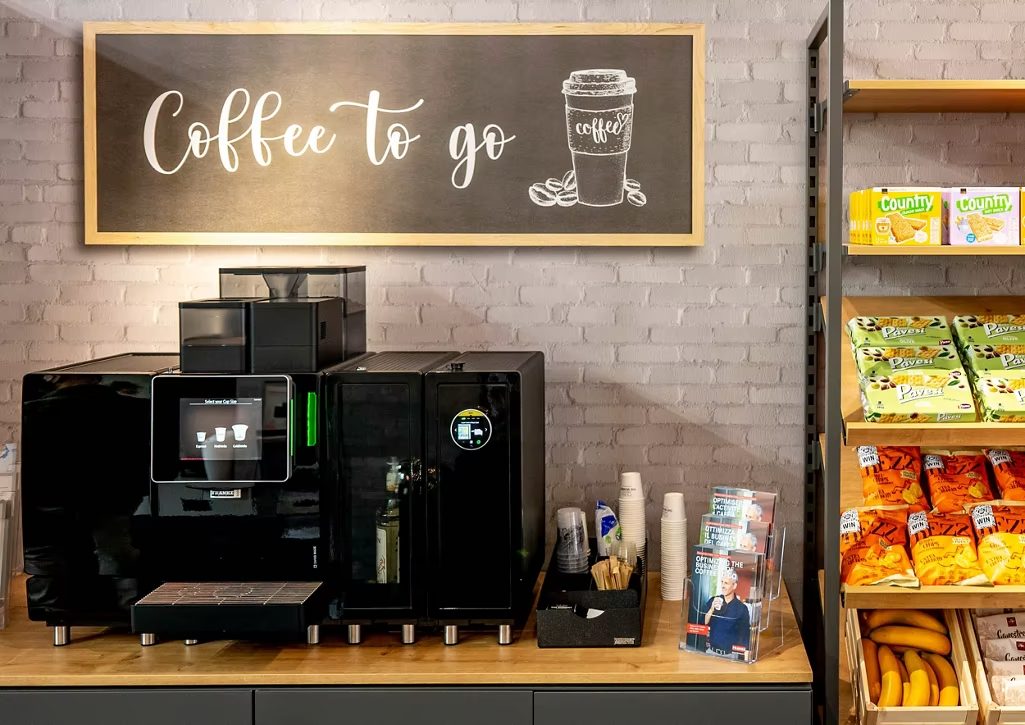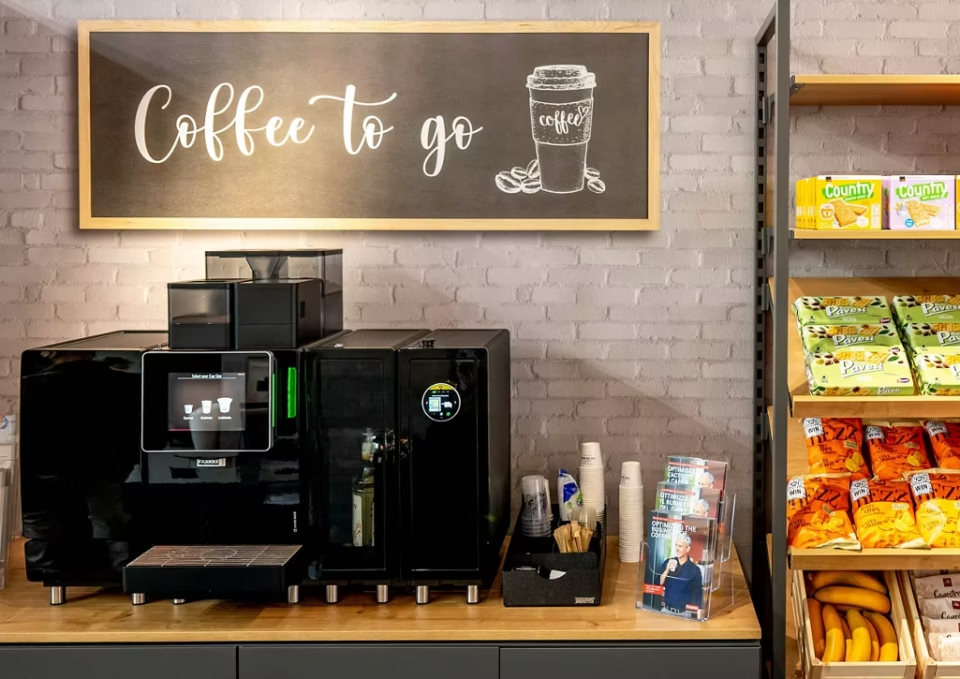So, you’re in charge of picking the office coffee. No pressure, right? Except everyone’s going to have an opinion, and you’ll definitely hear about getting it wrong.
Here’s the thing: your coffee choices matter way more than you’d think. We’re not just talking about whether Dave from accounts likes it. The wrong coffee beans can actually mess up your machine, waste your budget, and turn your break room into a complaint zone. This guide dives into how to choose the right coffee beans for your office.
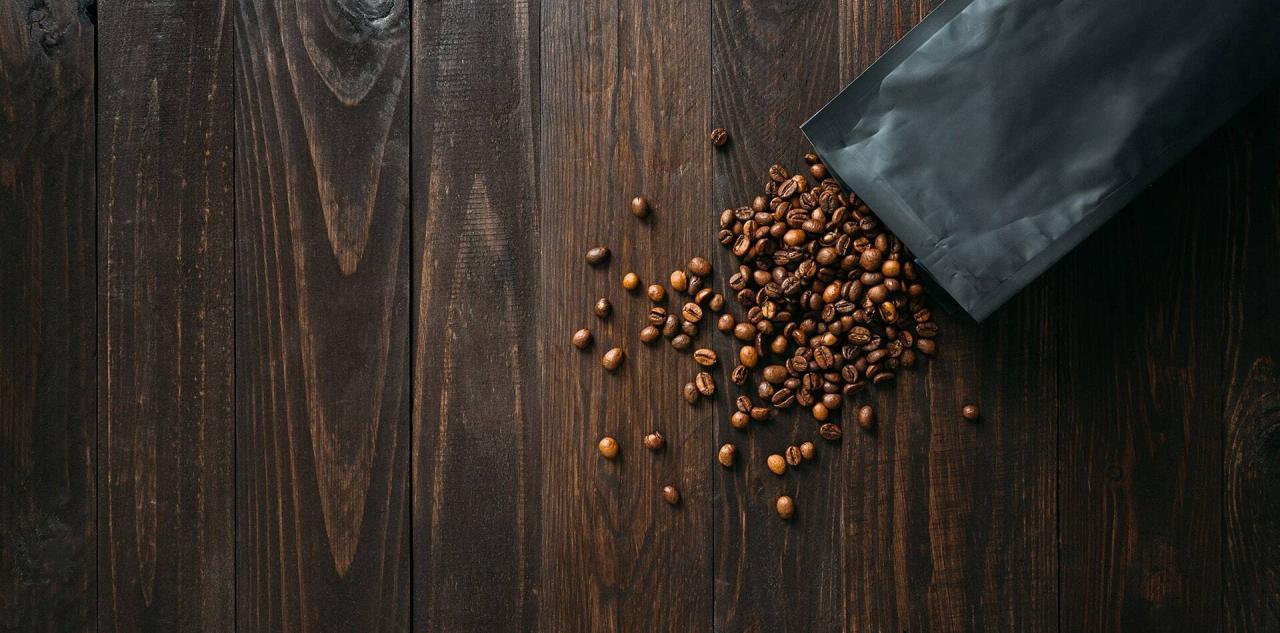
Why Coffee Bean Choice Actually Matters
Look, no one’s expecting you to be a coffee connoisseur overnight. But understanding the basics helps you avoid expensive mistakes and keeps everyone happy (including your machine).
Your coffee of choice affects three big things: how good it tastes, whether your coffee machine stays happy, and if people actually want to drink it. Get the right match between your machine type, your budget, and what your team likes to drink and you’re golden.
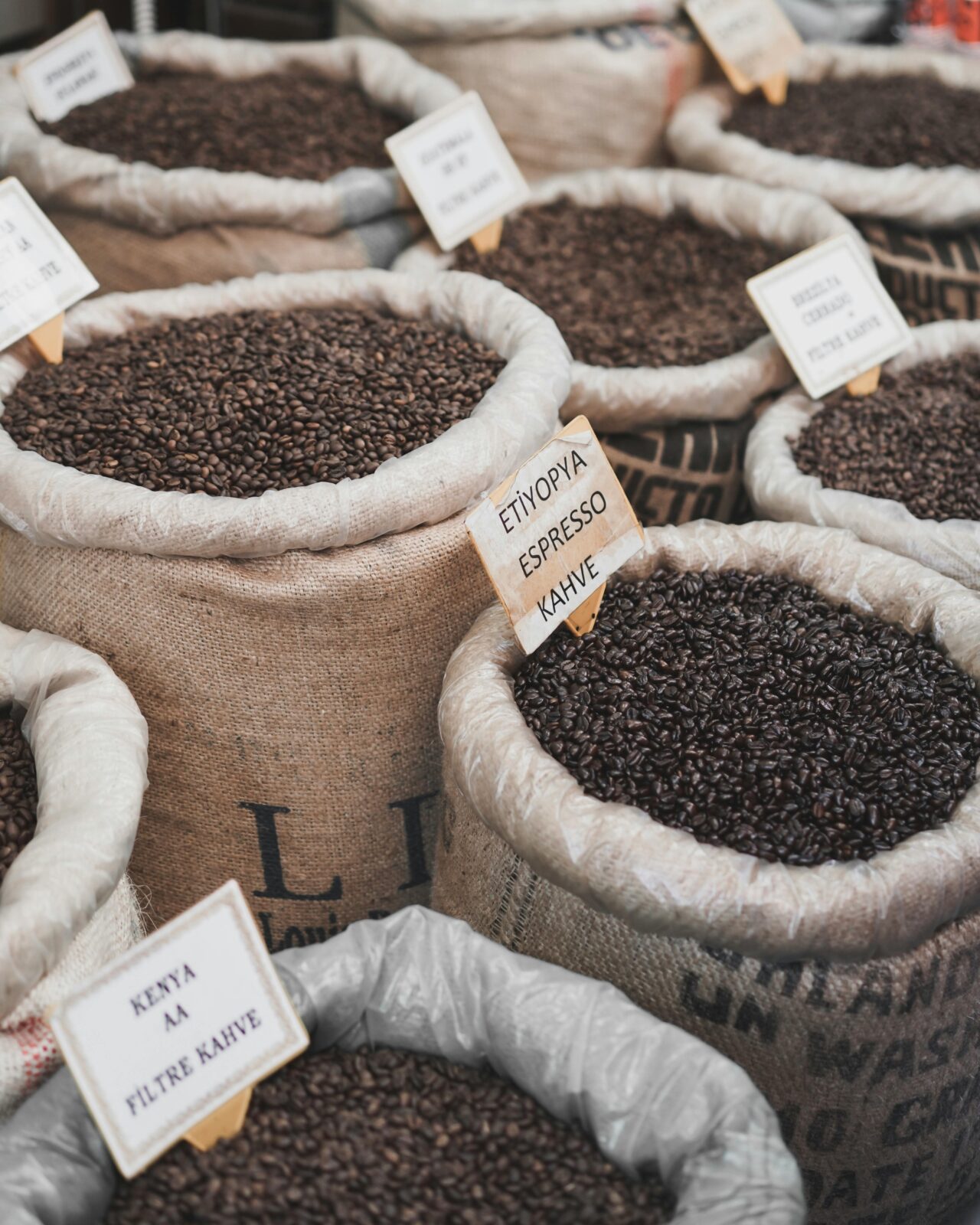
Bean Types & Origins: The Basics You Need to Know
Arabica vs Robusta
You’ve probably seen these words on coffee bags, but what do they mean?
Arabica is the fancy coffee beans. According to the International Coffee Organization, it makes up 60-70% of all coffee grown worldwide. It’s sweeter, more complex, and has those night fruity and floral notes people are always talking about. The catch? It costs more because it’s harder to grow.
Arabica beans contain more antioxidants and have a lower caffeine level (around 1.5%), which makes them a healthier choice for those who are sensitive to caffeine. The beans also grow at higher altitudes between 600 and 2,000 meters, which gives them the smooth, balanced flavour that everyone loves.
Robusta beans are a much stronger coffee bean, with nearly double the caffeine contents (around 2.7%) and a much more bitter and earthy taste. Due to Robusta beans being easier to grow they are also the cheaper coffee bean out of the two. Thanks to its high caffeine content, Robusta beans are naturally more pest resistant.
Pure Robusta isn’t usually anyone’s first choice coffee for the office because it can taste pretty harsh. For most workplaces, going with pure Arabica or a blend that’s mostly Arabica (like 70-80% Arabica mixed with some Robusta) is the best choice coffee move.
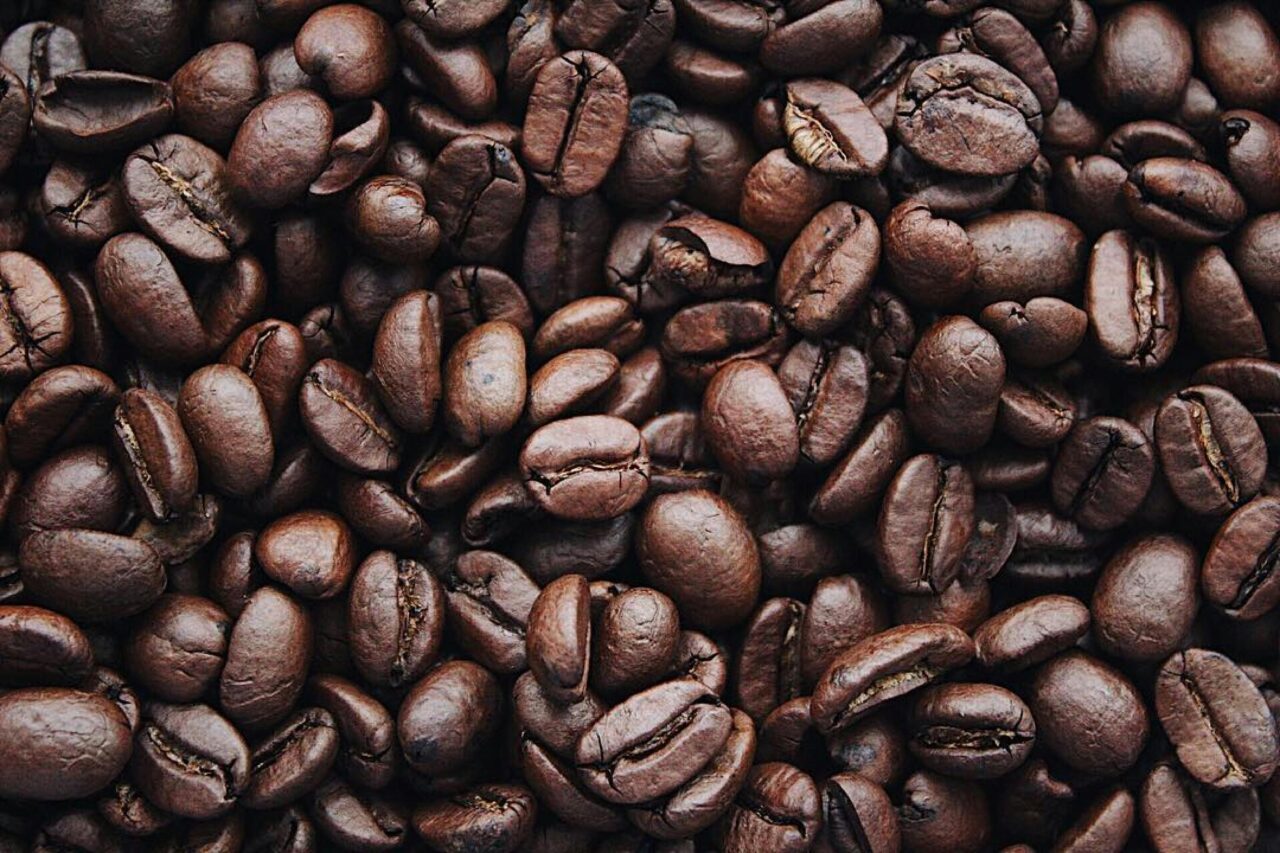
Single Origin vs Blends
Single origin beans are like the artisan option. They come from one specific place, and you can really taste the difference. Ethiopian beans might taste like berries and flowers, while Brazilian ones are more chocolatey and nuttier.
Blends are where they mix beans from different places to get a consistent flavour all year round. Most offices go with blends because nobody wants their coffee tasting completely different every few weeks.
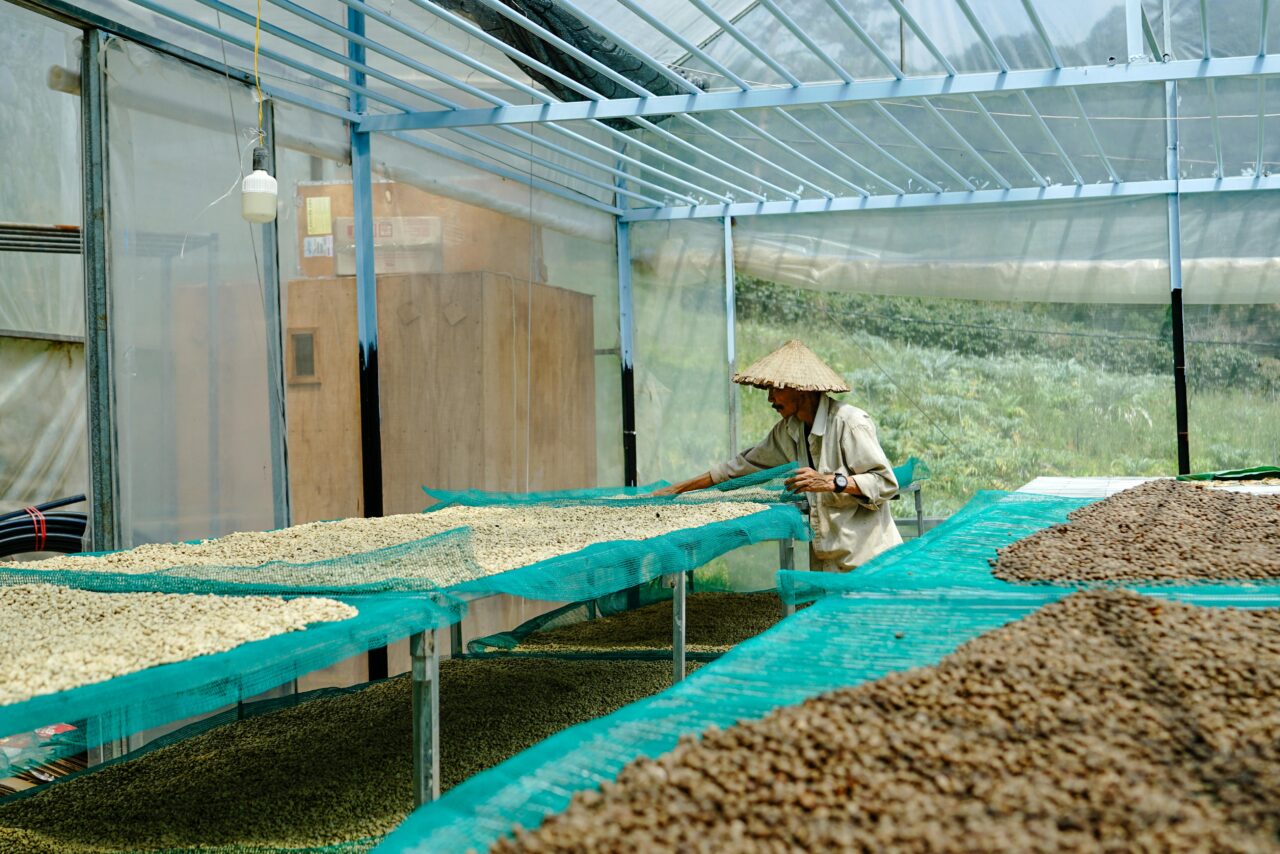
Where Coffee Comes From (and Why It Matters)
Different parts of the world grow coffee that tastes, well, different. The Specialty Coffee Association has done loads of research on this:
Latin America (think Colombia, Brazil, Costa Rica): You’re getting chocolate and nutty flavours with a nice balance. Super drinkable, works for almost everyone.
Africa (Ethiopia, Kenya): This is where things get interesting. Bright, fruity, sometimes wine-like. People either love it or find it a bit much for their morning cup.
Asia-Pacific (Indonesia, Vietnam): Earthy, full-bodied, less acidic. These have a heavier feel and sometimes herbal notes.

Roast Levels: Light, Medium, or Dark?
Light Roast
Light roasts are all about showing off where the beans came from. They’re roasted to temperatures between 350-405°c and end just before or during the “first crack.” They’re more acidic, brighter, and have complex flavours. The beans look light brown and dry (no oily sheen).
Light roasts retain more antioxidants than darker roasts and contain slightly more caffeine. They’re brilliant in filter coffee but can sometimes taste a bit weak in espresso machines.
Medium Roast
This is the sweet spot for most offices. Medium roasts reach temperatures of 405-425°F and are the most popular typical coffee choices UK workplaces make, and there’s a good reason why. They balance the original bean flavours with the roasty notes, so most people find them just right.
Medium roasts offer balanced flavour with notes of chocolate, nuts, and caramel. The beans are medium brown, sometimes with a slight sheen. Works perfectly in pretty much any machine too.
Dark Roast
Dark roasts are bold and intense with less acidity. The roasting process creates those smoky, caramelised flavours you either love or hate. The beans look dark brown (almost black) and oily. They make excellent crema for espresso and appeal to people who want a proper strong coffee.
Dark roasts go great with cream and tend towards a heavier body with lower acidity and spicy or smoky aromas.
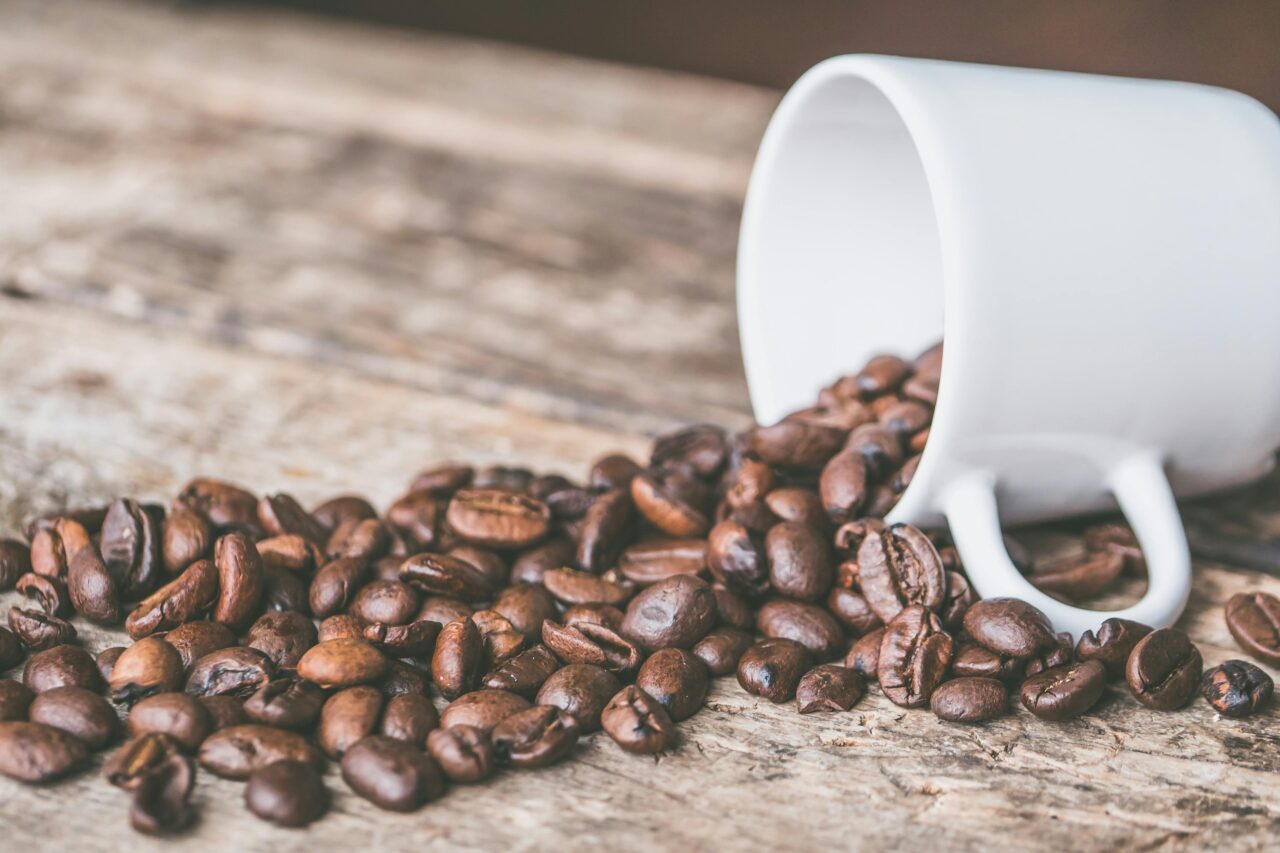
Flavour Profiles: Decoding Coffee Speak
When coffee people talk about “fruity”, “chocolatey”, “nutty”, or “floral” coffee, they’re not making it up. These are actual flavour compounds in the beans.
Fruity notes (berries, citrus, stone fruits) usually come from African beans and lighter roasts. Chocolatey and nutty flavours? That’s your Latin American beans and medium roasts. Floral stuff shows up in high-altitude Ethiopian and Kenyan coffees. Earthy and spicy notes are typical of Indonesian beans.
The fastest growing coffee choices in UK offices right now? Medium roast blends with chocolate and caramel notes. They’re crowd-pleasers.
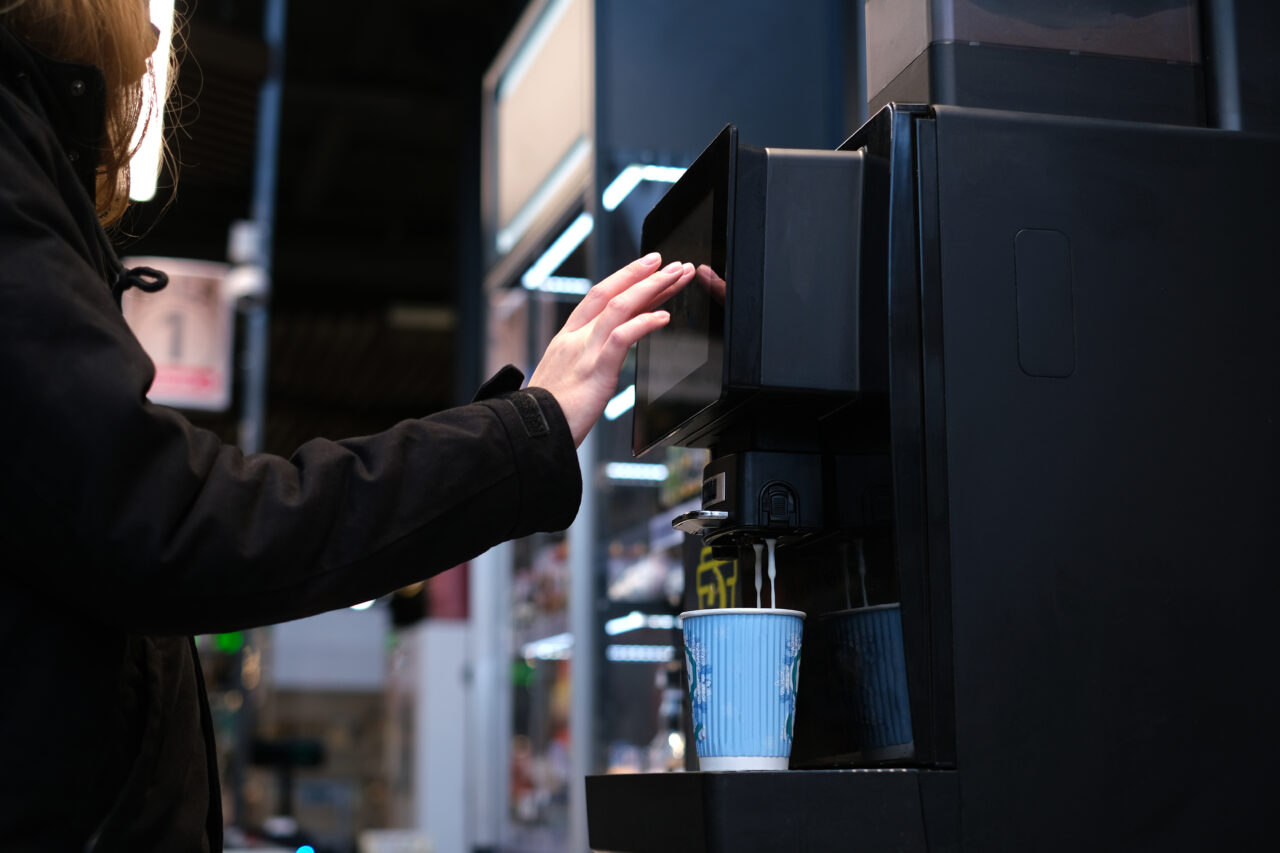
Machine Compatibility: Does It Actually Work?
Your healthy coffee choices need to match what your machine can handle. Otherwise, you’re wasting good beans (and money).
Bean to cup coffee machines
Bean to cup coffee machines do everything, so bean quality really matters. Super oily beans can gum up the grinder, and very light roasts might not extract properly. Look for medium roast blends that specifically say they’re good for bean-to-cup machines.
Espresso Machines
Espresso’s picky. You want medium to dark roasts that’ll create that lovely crema and hold up to high-pressure brewing. Your coffee beans choice for espresso should be fresh (within 2-4 weeks of roasting ideally) and ground just before you use them.
Filter Coffee Machines
Filter brewing is pretty forgiving. Light to medium roasts work brilliantly here because the longer brewing time brings out all those subtle flavours without making things taste burnt.
Grind Size and Freshness
Pre-ground coffee loses flavour fast. Like, really fast. Whole beans stay fresh much longer, and you can adjust how fine you grind them. If you’re buying pre-ground, use it within a week and order more often. Our Wholesale team can keep your coffee cupboard stocked up.
Keeping Your Coffee Choice Fresh
Coffee starts losing flavour the moment it’s roasted. Whole beans stay decent for 2-4 weeks if you store them right. Ground coffee? Days, not weeks.
How to store coffee properly:
Keep beans in airtight containers somewhere cool and dark. The National Coffee Association emphasises that coffee should be kept away from air, moisture, heat, and light. Don’t stick them in the fridge – refrigerators introduce moisture through condensation, which ruins the flavour.
Buy amounts you’ll use within 3-4 weeks max. Mark the date on the container so you know when you bought them.
Simple Summary: Your Coffee Choice Made Easy
Right, let’s wrap this up. Choosing office coffee really comes down to matching decent beans with what you need:
Start with Arabica or mostly-Arabica blends – tastes better, people are happier
Go for medium roast – works in any machine, appeals to most people
Order what you’ll use in 3-4 weeks – fresher is always better
Store it properly – airtight containers, away from light and heat
Test before you commit – get samples and let people try them
Your coffee choice should tick the boxes for quality, consistency, and budget while working with your machine and making your team happy.
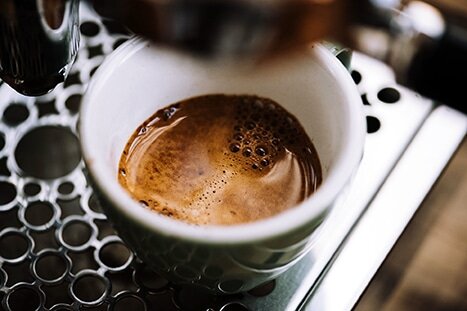
Got Questions? We've Got Answers
Should I use Arabica or Robusta beans in an office setting?
Arabica or mostly-Arabica blends (70-80% Arabica) are definitely the best choice coffee beans for offices. They taste way better, have pleasant acidity, and most people actually enjoy drinking them. Pure Robusta is pretty harsh and bitter, though a little bit (20-30%) in a blend can add body and help with costs.
If you’re really tight on budget, go for a 60/40 Arabica-Robusta blend rather than pure Robusta. The taste difference is worth the small extra cost.
How long do coffee beans stay fresh, and how should I store them?
Whole beans are at their best for 2-4 weeks after roasting. Ground coffee goes downhill much faster – you’ve got maybe 1-2 weeks before it tastes noticeably stale.
Keep your beans in airtight containers at room temperature, away from sunlight, heat, and moisture. Don’t stick them in the fridge or freezer (the temperature changes create condensation that ruins the flavour). Buy amounts you’ll actually get through in three to four weeks and write the date on the container.
If you’re using 1-2kg a week, order every two weeks. That way you’re always working with fresh beans without having tonnes sitting around going stale.
